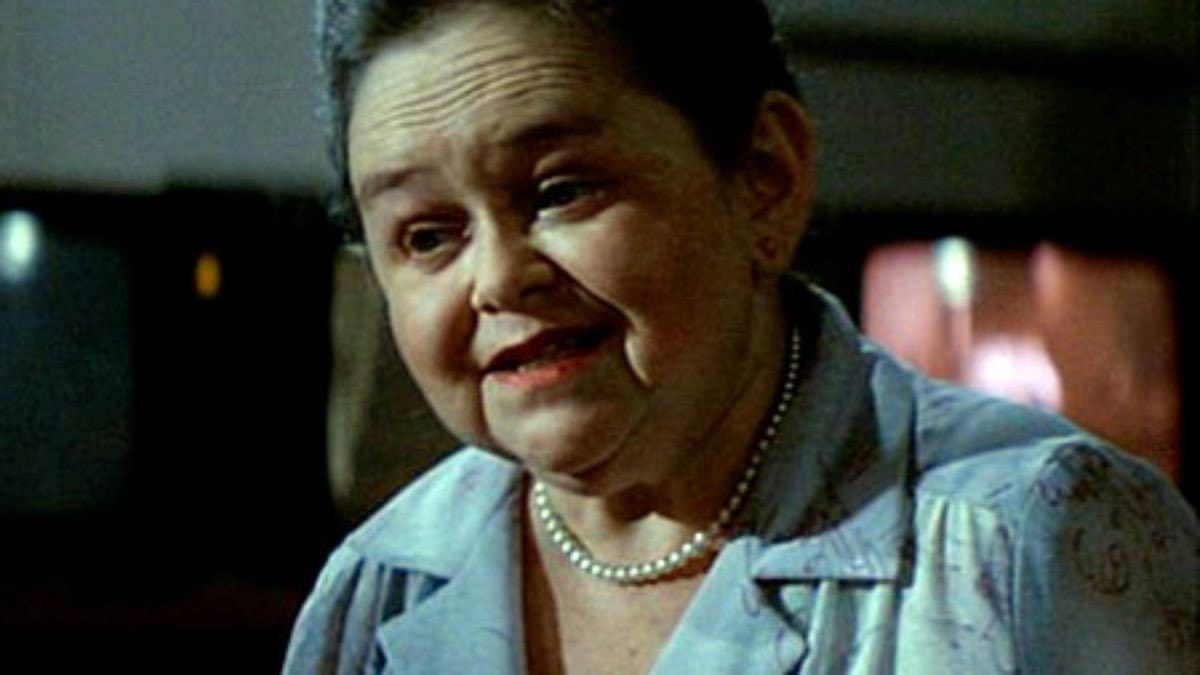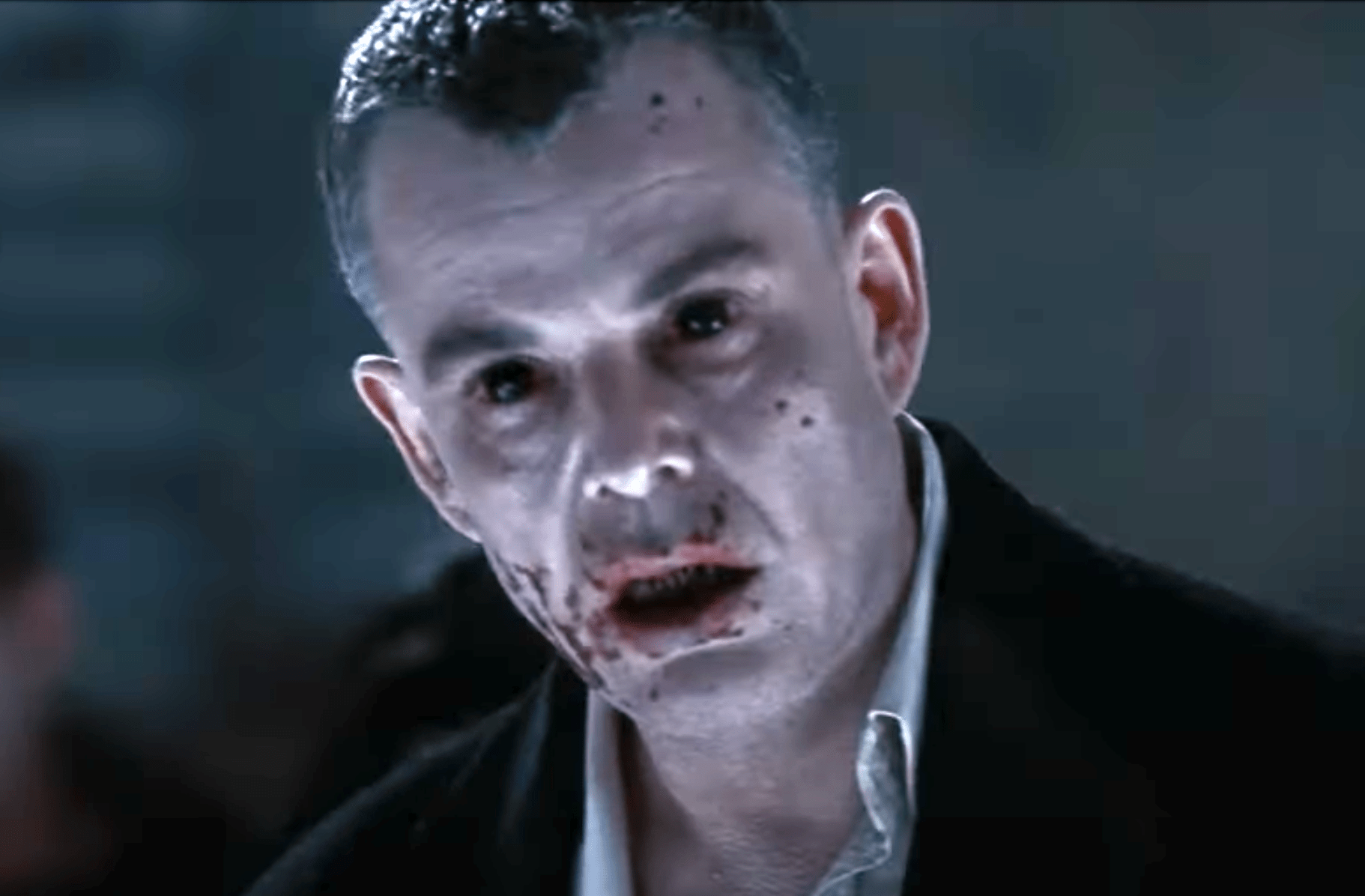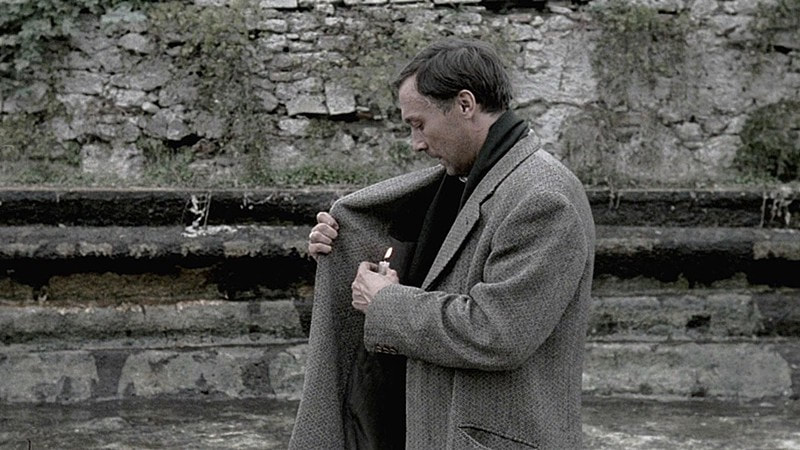
American History X is an uneven film. Watching it for the first time in 22 years, the dialogue, in particular, seemed stilted and awkward. However, the film has some skillfully crafted moments like the basketball scene near the beginning.
Making a film about skinheads is a tightrope walk. You can lose your balance and end up being too sympathetic on one side, or simplistically hateful on the other. It’s easy to hate skinheads as much as it’s easy to make them tragic outcasts. American History X manages to find a balance and thread the needle between sympathy and empathy. Empathy being an understanding of a given person’s emotions, sympathy being actually sharing those emotions.
The basketball scene is an exercise in pushing the boundaries of these feelings. It is an emotionally manipulative scene that traps you into ways of thinking and feeling that you would normally find foreign or repulsive. The set up is simple. The skinheads are playing a group of black youth for the right to use the public basketball court in the park. Whoever losses can never come back there again. Tony Kaye, the director, knows that the audience’s inclination is to side against the skinheads, but cinema craft has some very potent tools that can be used to manipulate an audience’s emotions.
The first tool is simple but effective. The audience’s sympathy will generally align with whoever has the most screen-time. It’s not a foregone conclusion, but most of the time it is a very effective technique. By the time the basketball scene begins, we have spent almost all our time with the skinheads and almost no time with black characters.
A corollary to this rule is that the audience’s sympathy often goes to whoever appears first on-screen. It may seem reductionist or simplistic but some forms of cinematic manipulation are effective by being so basic that they go unrecognized. The most effective forms of manipulation are those that exert influence without us realizing what is going on. If you feel pushed toward a conclusion you may well resist.
In American History X the most compelling tool in manipulating the audience is the choice to use a game as the subject. It is hard to watch a game and not root for one side or the other. Using triumphant music and a series of reaction shots Kaye makes it difficult to resist rooting for the skinheads. Even within the game, they are given more screen time. In addition, the music sets up a Rocky-like atmosphere where the tension builds and is released when the skinheads make a basket.

There is another cinema/musical device that can provoke excitement. Using a crash of cymbals right at the moment of success is a powerful tool. Cymbals sound and feel like chills or goosebumps. Their visceral nature can convince us that we are excited.
While the ball is still funneling through the net and the ring of the cymbals is still in our ears Kaye cuts to the skinheads on the sidelines jumping and cheering. We see their excited and happy faces and our mirror neurons stimulate us to share their feelings.
Cinema craft has a dozen ways to hook you, even against your will. With a few simple elements, you can be drawn in and your ideology manipulated. The cinema’s ability to highjack our emotions is a metaphor for the way a cult-like the skinheads or almost any tight-knit group can highjack those same feelings and attach them to a cause.
Each time we realize we are rooting for the skinheads we stop ourselves and shake it off but it comes right back to draw you in again. American History X is slyly pulling our empathy toward sympathy so we can experience why these young men have made such destructive choices.
The film has two protagonists Derek and his younger brother Danny. We see much of the film through Danny’s eyes. He looks up to his brother and so by seeing Derek through Danny’s eyes we feel the pull of admiration for Derek.
The basketball scene is early enough in the film that Kaye is still providing exposition and foreshadowing. We see the father-son relationship that Cameron Alexander, the adult organizer of the skinheads, has with Derek. We see the first hints at the fault line between Derek and Mitch, a fellow skinhead. Most of this information is conveyed visually. Where it relies on dialogue it is weaker, but the images and the editing create a rich portrait of the people and events.

Overlaid on all of this is an erotic depiction of youth. Most of the players are shirtless and have beautiful, athletic bodies. There are slow-motion shots that linger to appreciate them and provide a kind of sad overview of what is happening to all these young men. It is a moment of transcendence where their racial identities are subsumed by their beauty. Even as the two groups struggle against each other their humanity is still apparent.
Derek’s body in particular is compelling because its beauty is marred by a very large swastika over his heart. We see his chiseled torso but have to deal with a bold and graphic statement of hate that overlays it. The tattoo is a symbol of the permanent damage he is doing to himself as he seeks to damage others.

Noam Chomsky once referred to sports as “training in irrational jingoism.” While a bit hyperbolic he recognized what at least part of the appeal of sports is based on. It is a chance to compete as a tribe and vanquish the “other.” Kaye exploits this tendency and forces us to face the fact that we all share a vulnerability to tribal thinking.
In the end, the game shows the problems of facing the skinheads on their terms. If you allow them to set the terms of engagement they are more likely to win. To successfully combat them you can not play their game. If their game is to discriminate, divide and demonize, then the logical antidote is to unite and humanize. I am in no position to approve or disapprove of violence committed against skinheads, but I can say that it is ineffective. Violence is their language. They are prepared for it and even look forward to it. Understanding and empathy are far more disruptive to their world view than any amount of disapproval or hate.
The basketball game is a distraction. It tempts us to take sides and ignore the deeper ideologies at stake. The skinheads themselves do not understand what motivates them. Like the game, the skinhead’s racism and hate are a distraction. These young men are seeking a sense of identity and acceptance that attracts them to such cults. It is doubtful that they join the skinheads for ideological reasons. The ideology is ludicrous. It’s not a rational decision, it is an emotional one. They are joining a group that will provide fraternity, approval, and acceptance. What they have to believe to reap such a reward is of little concern.
In fact, if what you have to believe is aberrant it makes the group even more exclusive and special. If the price of admission is believing something most people already believe then membership in the group does not distinguish you from the rest of the world, but if the price of admittance is believing that the earth is flat or that Trump is an honest man struggling for the people, then that group is a tight-knit tribe whose bonds are strengthened by the world’s disapproval.
The basketball scene presents us with a tragic competition where no one wins. The sadness of this fact tempts us to take sides so we can find a resolution. If you resist taking a side you risk seeing how sad the entire affair is. Celebrating victory or bristling at defeat feels better than admitting the degradation that all these young men are experiencing.

If you enjoyed this article click here for more
www.filmofileshideout.com/archives/the-use-of-pastiche-in-da-5-bloods



